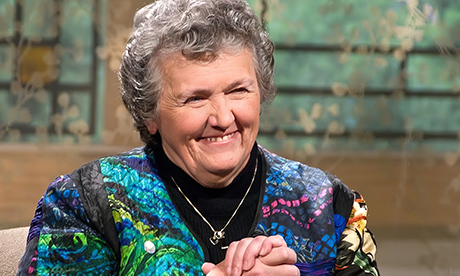The word synodality has been around a year or so now and people are still asking what it really means — for them, of course.
The last time the church said it was going to make changes was in 1965.
Fifty-eight years ago. In the meantime, all the changes to be seen were basically meaningless ones.
Not because change was forbidden.
On the contrary.
The Vatican documents of 1965 oozed theological life.
They were clearly meant to dispense with the church of the Middle Ages, to bring the church into the modern world rooted in Scripture and the model of Jesus.
But as the ocean liner that brought so many of the American Catholic hierarchy back from Rome disembarked, the New York press corps, snapping pictures and shouting questions, suffered one bishop after another shrugging their questions off.
Nothing had really changed, it seemed. Nothing newsworthy, at least.
In essence, the assumption was correct.
Whatever changes the people had wanted from the 1962-65 Second Vatican Council were, it seemed, formless, silent, lost in the bustle of a busy church frozen in a medieval mind.
Instead, after 400 years without a council of reform, the kinds of changes the people had expected from this council lay yet in Rome, drying in wet ink there and largely ignored here.
Why did nothing change
when change was called for?
The bishops
from around the world
who attended Vatican II
voted yes for all of its documents,
but once back on home soil,
many simply ignored them, that’s why.
Even more to the point, few, if any, priests taught the council documents to their congregations.
Few if any priests admitted that they themselves had not bothered to read the documents either.
Oh, a few churches redesigned their confession boxes and a few more took down the altar rails, but really, other than that and the move to the vernacular in all liturgical events — nothing much did happen.
Most of the changes were window dressing.
No one talked about a reunion with the Christian family of multiple denominations, for instance. No one moved to include women as fully baptized members of the church.
Quickly chosen lay consultants and episcopal advisers were disposed of in short order.
The lay ministers that had been so long awaited were educated in local seminaries by the thousands and then shrunk quietly away in great numbers, too, as fewer and fewer of them were really deployed in the ministry of the church itself.
The male church in large part stayed male despite the few women allowed in minor offices like readers or altar servers “as long as men were not available.”
The prayers and pronouns of the church pronounced the church to be male in every particle while women remained invisible and left the church in large numbers quietly now.
Why did nothing change when change was called for?
Well, to be clear, the 2,000-2,500 bishops from around the world who attended this 21st ecumenical council voted yes for all of its documents, but once back on home soil, many simply ignored them, that’s why.
The two popes, John XXIII and Paul VI, who had led the way to these times died. The popes who had called the Second Vatican Council to bring the church into the modern world lived on in the hearts of the new church in the pews.
But both Pope John Paul II and Pope Benedict XVI resisted the full force of Vatican II. Though they never denounced the council, they never really promoted it either.
This synodality is different. Continue reading
- Joan Chittister is a Benedictine Sister of Erie, Pennsylvania, Joan Chittister is a best-selling author and well-known international lecturer on topics of justice, peace, human rights, women’s issues and contemporary spirituality in the church and in society.
News category: Analysis and Comment, Palmerston.




